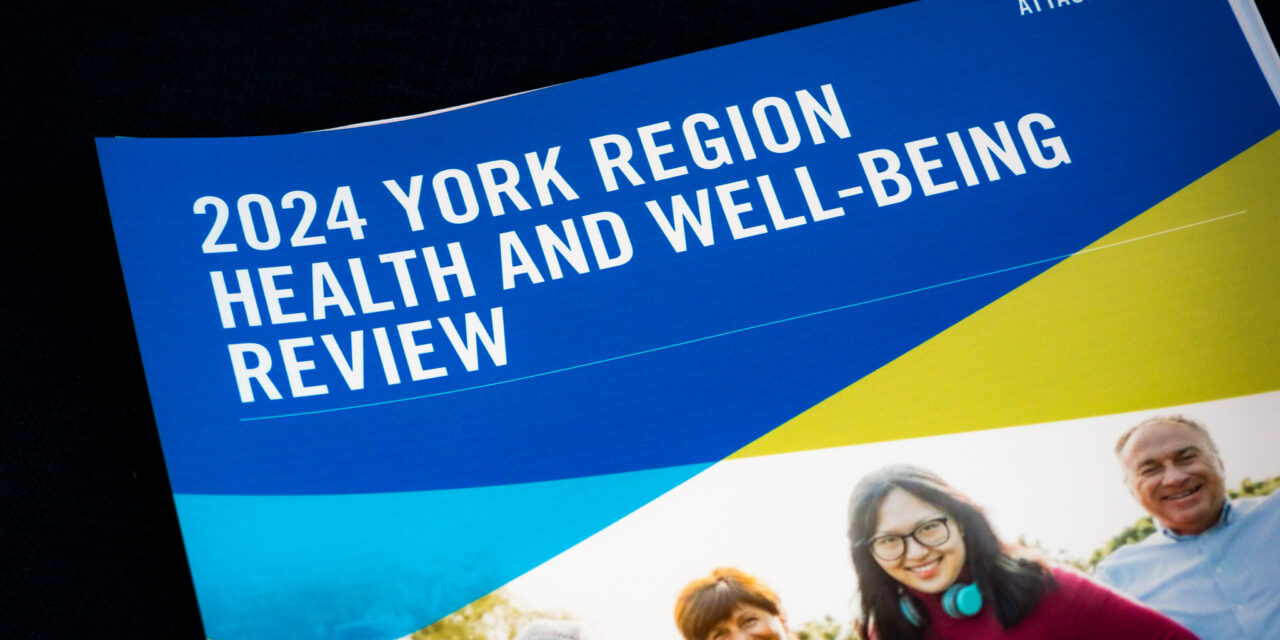- York Region is calling on the Province for increased funding and policy changes to address growing housing and income insecurity.
- Homelessness has surged, with 986 residents living unhoused for over six months in 2024, up from 124 in 2019.
- Food insecurity currently affects 19.4% of households, rising from 15.5% in 2021-2022.
- Affordable housing targets have been missed for six consecutive years, and nearly half of renters are spending over 30% of their income on housing.
- Emergency and transitional housing is at capacity, while average emergency shelter stays have doubled since 2019.
- York Region faces a $70 million Provincial funding shortfall for community and health services in 2025.
- Leaders are urging multi-year, sustainable funding, increases to Ontario Works, and implementation of living wage and basic income policies.
York Regional Council’s Committee of the Whole has endorsed further advocacy to the Ontario government for increased supports and policy changes to reduce income and housing insecurity.
The direction follows the release of the 2024 York Region Health and Well-Being Review. The document provides comprehensive population and socio-demographic data and details key programs and services offered by the Region.
Recommendations include implementing living wage and basic income policies and programs, increasing Ontario Works rates and ensuring they are indexed to inflation, and prioritizing reductions to the growing rate of food insecurity.
The Province mandates that the Region deliver various health and social services, which it does through Regional programs and community partnerships. “Demand for programs and services… is increasing due to population growth, shifting demographics, decreasing income security, and mental health and well-being challenges,” states a related report.
That demand is rising alongside a growing senior population, expected to account for nearly 25% of York Region’s residents by 2051. Additionally, 66,000 newcomers arrived between 2019 and 2024, representing 71% of the region’s growth during that time, with many seeking public assistance while transitioning into their local community and workforce.
“Income insecurity contributes to greater reliance on Ontario Works, food programs, and housing subsidies. As demand rises, provincial funding has not kept pace with inflation or service pressures, potentially impacting the Region’s current and future service delivery levels,” the report adds.
Since 2021, average incomes in York Region have declined, forcing more residents to survive on less. Job precarity has worsened, with full-time opportunities decreasing since 2014. Over the past decade, contract, seasonal, and temporary employment in the region has grown by 97%.
“In 2023, an estimated 19.4% of York Region households experienced food insecurity, up from 15.5% between 2021 and 2022,” the report states. “Food insecurity is driven by a lack of income, not a lack of food. While food banks provide short-term relief, they are not a sustainable solution.”
“Long-term improvements in financial conditions are essential to address the root causes of food insecurity and ensure all residents have reliable access to nutritious food,” it continues.
The rising cost of housing is also a major factor in financial instability. York Region’s 2021 data shows 27% of homeowners and 47% of renters were spending 30% or more of their income on housing—the highest rates in Ontario.
According to the report, York Region has failed to meet its affordable housing targets for six consecutive years. Low vacancy rates add to housing precarity, which increases the risk of residents slipping into homelessness.
“Homelessness is increasing in York Region, with 986 people experiencing homelessness for longer than six months in 2024—up from 124 in 2019,” the report details. “Encampment locations increased from 61 in 2021 to 361 known locations in 2024.”
Applications for subsidized housing have surged, with approximately 4,500 new applications added to wait lists in 2024. Emergency and transitional housing facilities are operating at or near full capacity, and the average emergency housing stay has nearly doubled—from 26.5 days in 2019 to 51.7 days in 2024.
The Region has made significant investments in services supporting the unhoused population, the community housing system, and programs assisting with mental health and victims of human trafficking. Officials are also exploring new partnerships to improve service delivery amid mounting financial pressures.
York Region’s Community and Health Services (CHS) operating budget has increased by 102% since 2020, placing a growing burden on municipal taxpayers. The 2025 CHS budget includes $300 million in spending funded by municipal tax levies, a 41% increase from 2020.
The majority of CHS funding comes from Federal and Provincial grants and subsidies. While not always delivered through sustained, long-term programs, support from upper levels of government has grown 141% since 2020. It currently totals $909.6 million of the department’s $1.254 billion gross 2025 expenditures.
That additional support does not appear to be enough, according to Lisa Gonsalves, York Region’s Commissioner of Community and Health Services. During the Committee of the Whole meeting on March 6, she explained that the related 2025 Provincial funding shortfall has reached an estimated $70 million.
Tax levy dollars are filling the gap, and a detailed report analyzing the funding deficit is coming to Regional Council in April.
”We need multi-year, sustainable, Provincial and Federal funding that reflects the scale of demand, not short-term grants or one-time project investments,” United Way Greater Toronto VP Anita Stellinga said in a deputation.
“ This means ensuring Ontario Works and Ontario Disability Support Program rates keep pace with inflation and reflect the true cost of living, funding commitments for social infrastructure go beyond election cycles and provide long-term stability for front-line services, and integrating social infrastructure into municipal and regional growth strategies so that as York Region expands, services grow with it,” she continued.
Newmarket Mayor John Taylor stressed the need to elevate Council’s concerns into a broader public conversation to ensure greater awareness and engagement.
“The trend lines are terrible, and they’re going to get worse,” Taylor said. “Are we going to sit by and put Band-Aids on everything, or are we going to say, ‘No, we’re going to finally provide people on assistance with proper increases… that will allow them to actually rent a home?’”
“The public should be asked, ‘Is this okay? Are these trend lines okay? Are you okay with where this will be in five years?’” he added. “The Province receives funding requests every week. The only way to get ours to the top of the pile is to get the public engaged and create a very large conversation.”





